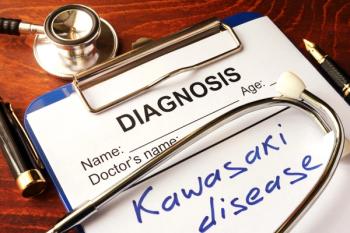
The model was the first to incorporate C-reactive protein/albumin ratio and apply LASSO regression analysis to a predictive model for children with Kawasaki disease.

The model was the first to incorporate C-reactive protein/albumin ratio and apply LASSO regression analysis to a predictive model for children with Kawasaki disease.
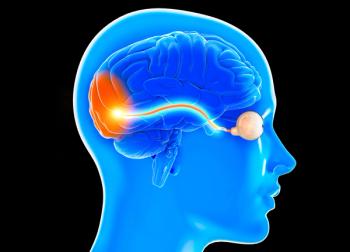
Intravenous immunoglobulin was found to be the most effective immunotherapy in preventing relapses after treatment with steroids in pediatric patients.
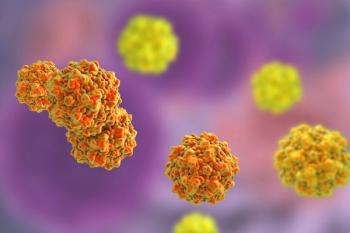
After repeated treatment with packed red blood cell transfusions, treatment with intravenous immunoglobulin in a child with parvovirus B19 infection successfully resolved the infection and negated the need for further transfusions.
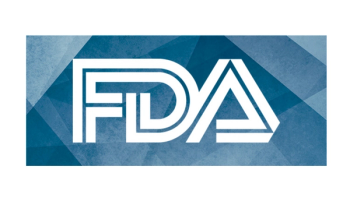
Ervebo was found to be 100% effective after vaccination in preventing the onset of Ebola virus symptoms after more than 10 days.
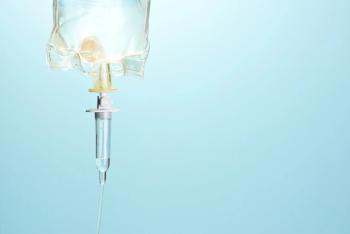
With an intravenous immunoglobulin-based treatment protocol, individuals who underwent renal transplantation and who were presensitized achieved intermediate-term graft and recipient survival results at 98%.

It was previously undetermined whether the combination of IVIG and ICI would lead to patient complications or reduced efficacy of the cancer treatment, but 2 successful case reports dispel that belief.
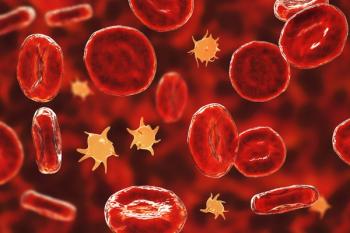
High doses of intravenous immunoglobulin can result in expensive medical treatments for the families of children with immune thrombocytopenia.
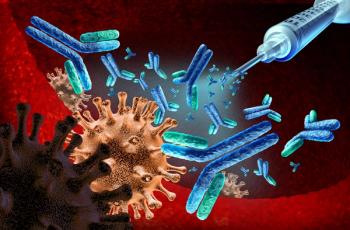
Evidence remains limited for specific therapies to treat the disease, but new clinical trials are ongoing.
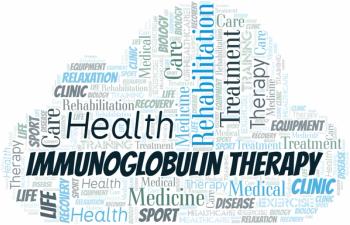
Intravenous immunoglobulin independently contributed to the reduction of pathogenic autoantibody levels associated with vasculitis in patients with severe kidney injury, a new study shows.
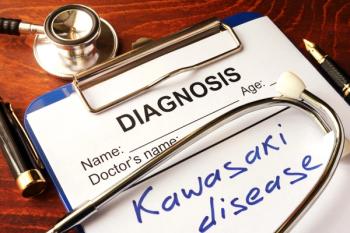
Albumin is a cost-effective predictor of intravenous immunoglobulin-resistance in young patients with Kawasaki disease.
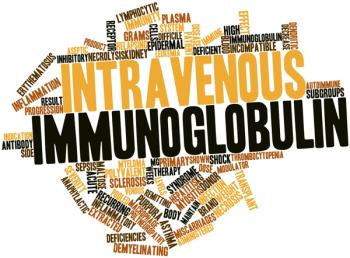
Drug-induced myopathy is an underdiagnosed adverse effect of treatment with hydroxychloroquine with unclear treatment interventions other than discontinuing the drug.
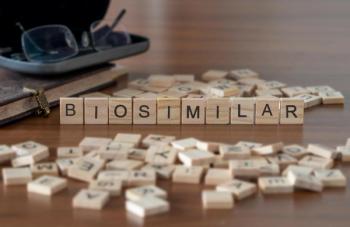
Despite having a lower cost of development than the innovator, romiplostim biosimilar has comparable efficacy and safety in patients with chronic immune thrombocytopenia.
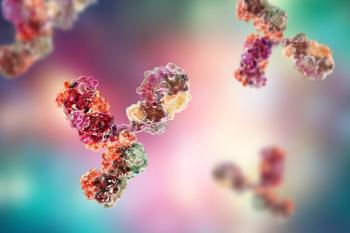
In addition to 2 FDA-approved options, several clinical trials are investigating other potential treatments for immunoglobulin A nephropathy.
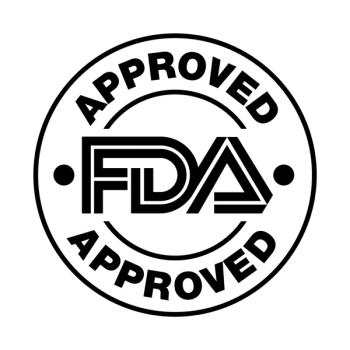
During the 12-month trial period, Hyqvia was shown to be efficacious treating the occurrence of acute serious bacterial infections in children aged 2 through 16 years with primary immunodeficiency.
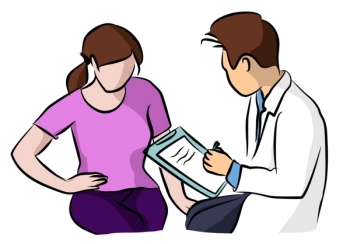
Autoimmune diseases are often chronic conditions that can evolve, so minimizing damage and progression is typically the mainstay of treatment.
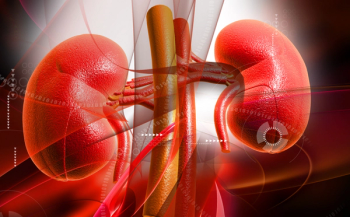
Sparsentan decreased proteinuria by nearly 50% in patients with IgA nephropathy, which may slow kidney function decline.
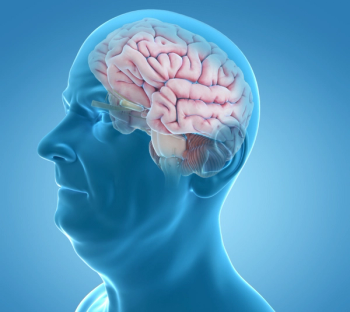
Promising results for lecanemab's efficacy in patients with mild cognitive impairment or mild dementia associated with Alzheimer disease were accompanied by reports of adverse effects associated with treatment.
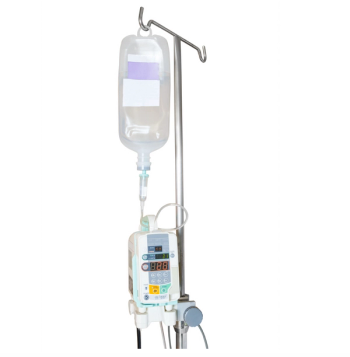
Analysis indicates 4 peptides had significant or nearly significant seropositivity, all of which were associated with membrane and spike proteins of SARS-COVID-2.
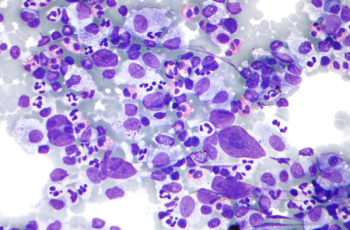
A better understanding of the pathogenesis of monoclonal gammopathy of clinical significance would help guide clinicians treating the complex condition.
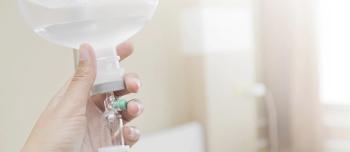
From newsworthy moments to groundbreaking research, these are the most popular articles in the intravenous immunoglobulin space, published on Pharmacy Times® during 2022.

Treatment observably eased obsessive-compulsive disorder symptom severity in young patients, however, symptoms still caused students to be absent from school at least 2 days every month.
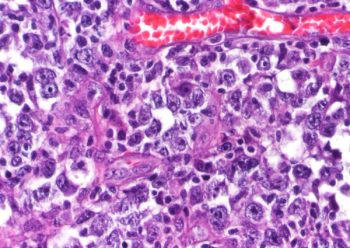
Although patients with Richter syndrome often experience poor outcomes, there are many new treatment strategies that have demonstrated a durable response.

A patient with juvenile dermatomyositis experienced aseptic meningitis brought on by intravenous immunoglobulin and recovered fully with no neurological effects.
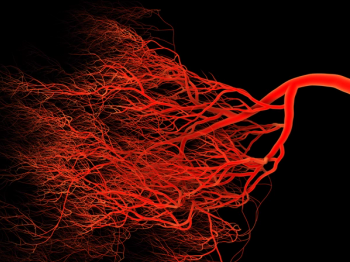
Mice receiving prophylactic recombinant factor FVIII and intravenous immunoglobulin for hemophilia A had reduced anti-FVIII antibodies versus mice who received FVIII only.

New system may more accurately identify IVIG resistance in North American patients with Kawasaki disease than the Kobayashi score.